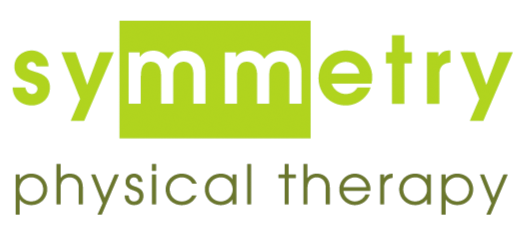Trigger Point Dry Needling is a procedure that certified therapists at Symmetry Physical Therapy use in conjunction with manual therapy. In this treatment a thin monofilament needle is inserted into a trigger point within a muscle in order to relax a hyper-irritated tissue. By reducing a very specific muscle tension, pain decreases and healing can occur more quickly. Dry needling, which is different from traditional Chinese acupuncture, is a medical treatment used only as appropriate to treat a musculoskeletal diagnosis. It can be administered by only a trained and skilled physical therapist. Dry needling has proven to be a valuable and effective treatment for musculoskeletal pain such as soft tissue and joint pain, which in turn helps to improve muscle performance.
Frequently Asked Questions about Dry Needling:
What is a trigger point and what causes trigger points?
A trigger point is a contracture knot within a taut band of muscle, that can contribute to and produce local or referred pain. Trigger points can be caused by overload and fatigue of a muscle, or from muscle trauma. Professionals in jobs that require sustained postures, such as those who spend extended periods working at computers, are at increased risk for developing trigger points. Additionally, athletes, and those who perform repetitive actions to perfect various skills, are also vulnerable to trigger point formation.
How does dry needling work?
When the needle is inserted into the trigger point, a local twitch response occurs, which is a spinal cord reflex. The twitching signals a release of the contracture knot, and helps to restore normal muscle length and tension. The twitch response also causes immediate biochemical changes to help break the pain cycle.
What injuries can be treated with dry needling?
Most musculoskeletal injuries respond well to dry needling. Some examples include: Achilles tendinitis, hamstring and muscle injuries, headaches, jaw pain, knee pain, low back pain, neck pain, plantar fasciitis, shoulder impingement and rotator cuff dysfunction, sciatica, and tennis/golfer’s elbow.
Does the procedure hurt?
The insertion of the needle itself is typically painless. Once the needle interacts with the dysfunctional trigger points, and a local twitch response is elicited, the patient may feel a brief uncomfortable cramping sensation locally, and/or referred symptoms that can reproduce the pain they are being treated for. Despite the perceived discomfort, the brief and local twitch response is desirable, reflecting a release of the painful, taut region of muscle.
What side effects can I expect after dry needling?
Most patients report muscle soreness over the treated area, which may last anywhere from several hours to one to two days following the needling. The soreness may be relieved with gentle stretching, application of heat, and/or activity modification.

